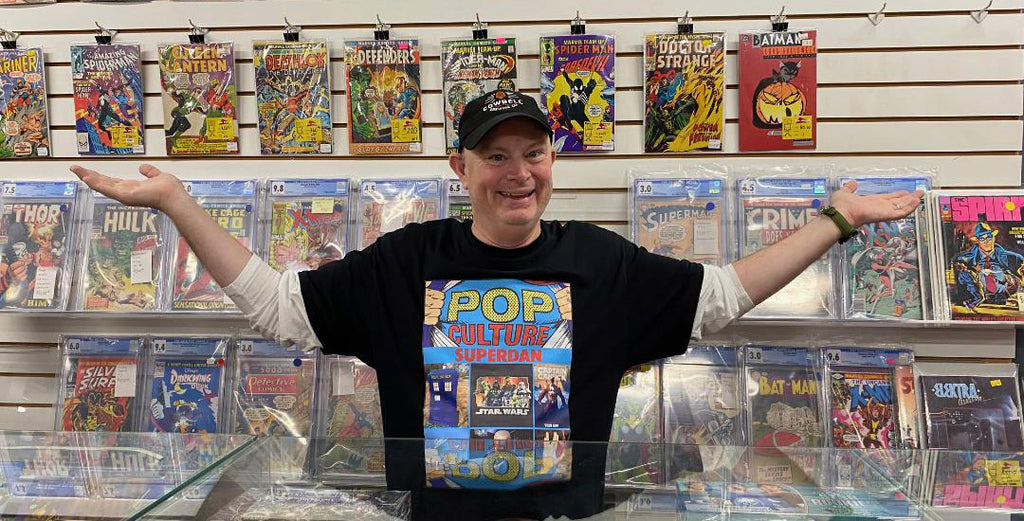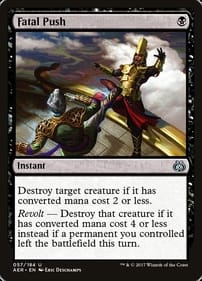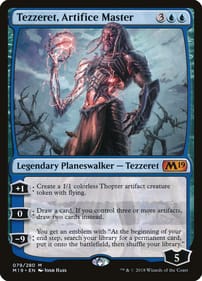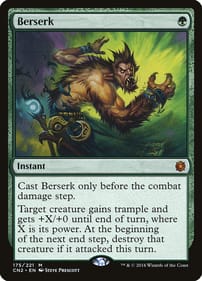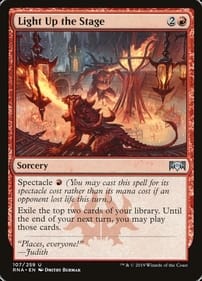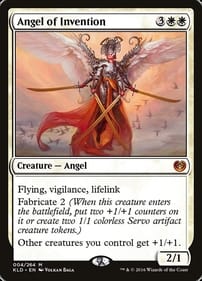Expansive, Vivid Account of Comix History Worth the Read
By Dan BrownBrian Doherty’s superlative new book Dirty Pictures is not a history of comics, it’s a history of comix. There’s a difference.Comics are the mainstream titles you know, like those produced by DC and Marvel. Think Wonder Woman, Batman, The Amazing Spider-Man, Captain America, all those costumed do-gooders. Comix, on the other hand, is the name given to the underground picture-and-word books made, starting in the late 1960s, in San Francisco and other American cities by rebel publishers who skirted the law, and certainly violated the limits of good taste.Comics publishing was an industry with its own system of censorship, the Comics Code Authority, which was in place until relatively recently. Comix were famously published exactly how their creators drew them, legal consequences be damned.It’s hard to imagine anyone getting hauled into court for selling an issue of, say, The Fantastic Four, but a few individuals did get busted for selling comix. An example of an underground issue that stirred up legal trouble is the one that parodied Walt Disney character Mickey Mouse in lewd detail.I expected to learn a lot about comix before I cracked Dirty Pictures. What I didn’t foresee is how much I would learn about the comics industry as a whole from the 439-page volume, which I recommend to anyone with more than a passing interest in the history of comic-book publishing in North America. Not only is Dirty Pictures informative, but Doherty – by day an editor for Reason, the libertarian magazine – also does a great job of transporting the reader back to a time when “an underground network of nerds, feminists, misfits, geniuses, bikers, potheads, printers, intellectuals and art-school rebels revolutionized art and invented comix,” according to the book’s subtitle. Doherty introduces the reader to Robert Crumb, Art Spiegelman, Robert Williams, and other key figures. Crumb, the leader of the comix movement, is the guy who popularized the phrase “Keep on truckin,'” which appeared on seemingly every car bumper in the 1970s.You may know Spiegelman as the creator of the 1987 graphic novel Maus, an account of his Holocaust-survivor father’s life told using cartoon animals that earned a Pulitzer Prize. Less well-known is how the genesis of Maus began in underground comix years prior to that.Williams is now known as the artist whose racy 1978 painting of a robot and a partially clad woman served as the original cover for the Guns N’ Roses album Appetite for Destruction (it would be swapped out for a safer image after an outcry from retailers and the public).Famous comix titles include Snarf, Zap, and Young Lust. They were published by companies with such dodgy monikers as Rip Off Press, Last Gasp Press and Head Imports. They were typically one-offs, with notable exceptions, since they didn’t follow a regular monthly publishing schedule. The cartoonist Bill Griffith, who went on to syndicate his Zippy the Pinhead strip in conventional newspapers, is quoted in Doherty’s book saying, “ For me, when I use the word (comix), I mean work that will wake you up, work that allows you to be able to see more, to become more receptive, more alive” Doherty wisely conducted fresh interviews with many of the artists from the San Francisco scene to bolster his research. Those interviews are just one element that makes this book required reading. And while you might think his account of those heady days would suffer because of the fading memories in the minds of those who were there at the creation, the author peppers each chapter with contemporary records, like the letters they wrote to each other back in the day.Comix publishing was, according to Doherty, a “loose, friendly, strange business.”This exhaustive history draws a direct line from Mad magazine founder Harvey Kurtzman to the underground creators of the 1960s to the autobiographical graphic novelists of today. If you want to understand how we ended up with the comics industry we have in 2023, Dirty Pictures is one of the best places to start.Dan Brown has covered pop culture for 30 years as a journalist and also moderates L.A. Mood’s monthly graphic-novel group.


